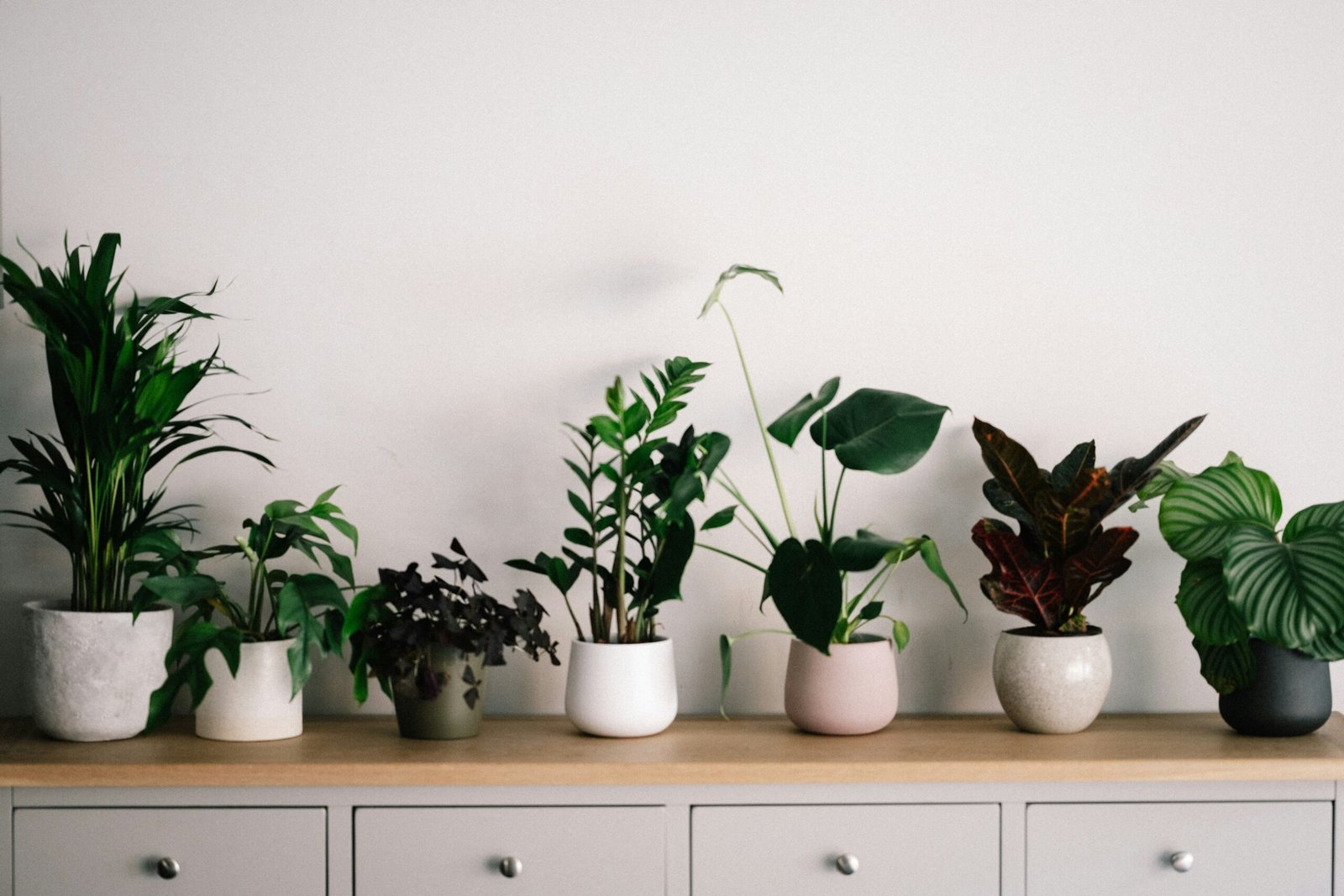Indoor plants have become increasingly popular in recent years, and for good reason. Not only do they add a touch of natural beauty to any space, but they also have a range of benefits for our health and well-being. Whether you have a green thumb or are new to the world of indoor gardening, this ultimate guide will provide you with all the information you need to bring the beauty of nature into your home.
Why Indoor Plants?
Indoor plants are not just decorative elements; they also have numerous health benefits. Firstly, they improve air quality by absorbing carbon dioxide and releasing oxygen. This can help to reduce the symptoms of allergies and asthma, as well as improve overall respiratory health. Additionally, indoor plants can help to increase humidity levels, which is especially beneficial during the winter months when the air tends to be dry.
Furthermore, indoor plants have been shown to have a positive impact on mental health. Studies have found that being around plants can reduce stress levels and improve mood. They can also help to increase productivity and concentration, making them a great addition to home offices or study areas.
Choosing the Right Indoor Plants
When it comes to choosing indoor plants, there are a few factors to consider. Firstly, think about the amount of light your space receives. Some plants, such as succulents and cacti, thrive in bright, direct sunlight, while others, like ferns and snake plants, prefer indirect light. It’s important to match the needs of the plant with the conditions in your home.
Next, consider the level of maintenance you’re willing to commit to. Some plants require more care and attention than others. If you’re a beginner or have a busy schedule, opt for low-maintenance plants that are more forgiving when it comes to watering and feeding.
Lastly, think about the size and style of the plant. Do you want a small, tabletop plant or a larger, statement piece? Consider the overall aesthetic of your home and choose plants that complement your existing decor.
Caring for Indoor Plants
Proper care is essential for the health and longevity of your indoor plants. Here are some general guidelines to follow:
Watering: Most indoor plants prefer to be slightly moist but not wet. Check the soil regularly and water when the top inch feels dry. Avoid overwatering, as this can lead to root rot.
Light: As mentioned earlier, different plants have different light requirements. Place your plants in an area that provides the appropriate amount of light for their specific needs. Rotate them occasionally to ensure even growth.
Temperature and Humidity: Most indoor plants thrive in temperatures between 60-75°F (15-24°C) and prefer moderate humidity levels. Avoid placing them near drafts or heating/cooling vents.
Fertilizing: Indoor plants generally require less fertilizer than outdoor plants. Use a balanced, water-soluble fertilizer once a month during the growing season (spring and summer) and reduce or stop fertilizing during the dormant period (fall and winter).
Pruning: Regular pruning helps to maintain the shape and health of your indoor plants. Remove dead or yellowing leaves and trim back any overgrown branches.
Popular Indoor Plants
There are countless indoor plants to choose from, each with its own unique characteristics. Here are a few popular options:
1. Snake Plant (Sansevieria): Known for its air-purifying properties, the snake plant is a low-maintenance choice that can thrive in a variety of light conditions.
2. Pothos (Epipremnum aureum): This trailing plant is perfect for hanging baskets or cascading down shelves. It can tolerate low light and is known for its ability to purify the air.
3. ZZ Plant (Zamioculcas zamiifolia): With its glossy, dark green leaves, the ZZ plant adds a touch of elegance to any space. It can tolerate low light and is drought-tolerant.
4. Peace Lily (Spathiphyllum): The peace lily is known for its beautiful white flowers and ability to remove toxins from the air. It prefers bright, indirect light.
5. Fiddle Leaf Fig (Ficus lyrata): This popular plant features large, violin-shaped leaves and adds a statement to any room. It requires bright, indirect light and regular watering.
Conclusion
Indoor plants are a wonderful way to bring nature into your home and improve your overall well-being. With the right choice of plants and proper care, you can create a beautiful and healthy indoor garden. Remember to consider factors such as light, maintenance, and style when choosing your plants, and follow the guidelines for watering, light, temperature, and pruning to ensure their longevity. So go ahead, embrace the beauty of indoor plants and enjoy the natural benefits they bring to your home.
